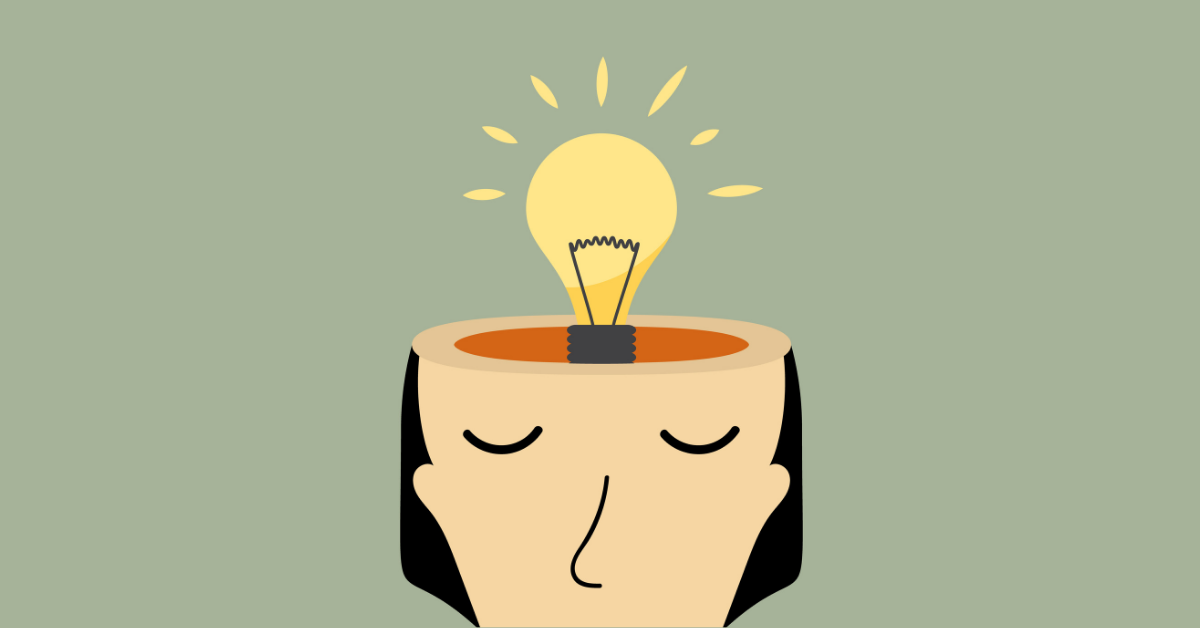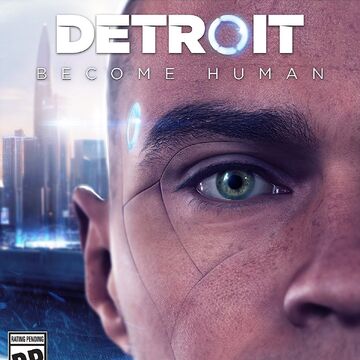Coming into this subject, I was not fully aware of all of the ways that literature can be classed. In today’s society, people consume so much digital media that there is a need to shift our understanding of literacy and its place in an online world. I, myself, have engaged in some digital literacies and even used them at a basic level to show students that there is more ways to engage with stories outside of the print and eBook sphere, but that was the extent of my knowledge in that realm.
I was excited to start the subject and expand on that base knowledge that I already had and find new ways to engage students with literature that they might not have thought about before. I fond that there needed to be a shift in thinking from the fact that literature in a digital environment covers both literature as a resource in itself but the fact that literature can also be seen as a student production. Students have recently become complacent with the use of digital versions of texts in the classroom. In the past, I have worked at schools that have subscribed or asked the students to purchase the digital version of the textbooks that are needed. Yes, it reduces the expenses for the family and the school as digital versions are cheaper to produce compared to printing physical copies but they are also not utilised to their full potential and often used as a glorified eBook and seen as a second thought. Far too often, adding technology into the already existing curriculum means that it is limiting its usefulness for teaching and learning, it is very rarely an organic part of the lesson plan (Biancarosa & Griffiths, 2012, pp. 149). Although there has been a shift in the past probably five years, some teachers still hold the view that technology and its advantages are secondary to the curriculum and pedagogy.
When reading through the first module, I noted that there are some questions that I already ask myself when it comes to assessing the validity of a text within the classroom. My post in the evaluating digitally reproduced stories, mentioned that Walsh’s 3 questions were ones that I had considered before, especially that of how does it appear on the screen and if it is different from the print version and is the digital version much more enjoyable (Boeti, 2020, July 26). This line and many other lines of questioning were expanded on in the subsequent assessment that followed. Being able to explore the different forms of transmedia literacy opened up a whole new world for me. There was a multitude of possibilities that I was able to incorporate into the classroom to help students better engage with literature in ways that they may not have thought of before. The immersive nature of some forms of transmedia storytelling allows students to explore and investigate at their own pace and was in a format that was familiar to them that they may not have thought of as a form of literature (Lamb, 2011, pp. 15). I noted that my personal preferences had changed over the years and that now, I much prefer a physical book to reading on a kindle, as that was something I was fond of in the past (Boeti, 2020, August 23). But it is important to consider that people have different preferences and, as teachers, we must be open to embracing that and not have our own preferences cloud our teaching.
The concept of creating a story or a narrative to fit in with the curriculum was interesting to me as that was something that I was thinking about for my own subject that I teach. Presenting it in a digital format that was both engaging for the student and that also worked with the web based learning management system was very important to me. Students are able to engage on a deeper level with both fiction and non-fiction through a digital setting because they are able to throw themselves into alternate ways of telling their stories or presenting their ideas. By working through this subject, I have been able to reflect and grow ideas to help my students engage with literature in ways that would not have occurred to them. They will be able to see the multitude of ways that we can tell a story and present information to the world outside of the traditional media that they have become ever so familiar with.
References:
Biancarosa, G., & Griffiths, G. G. (2012). Technology tools to support reading in the digital age. The Future of Children, 22(2), 139-160.
Boeti, A. (2020, July 26). The Digital Narrative [Online discussion post]. Retrieved from Charles Sturt University website: https://interact2.csu.edu.au/webapps/discussionboard/do/message?action=list_messages&course_id=_47762_1&nav=discussion_board_entry&conf_id=_94384_1&forum_id=_198783_1&message_id=_3116761_1
Boeti, A. (2020, August 23). Critical Reflection of Digital Literature Experiences [Thinkspace blog]. Retrieved from Charles Sturt University website: https://thinkspace.csu.edu.au/adeleboeti/2020/08/23/critical-reflection-of-digital-literature-experiences/
Lamb, A. (2011). Reading redefined for a transmedia universe. Learning and Leading with Technology, 39(3), 12-17.



